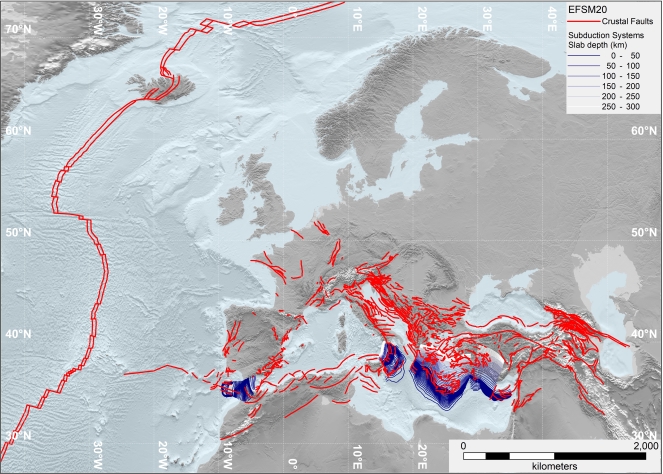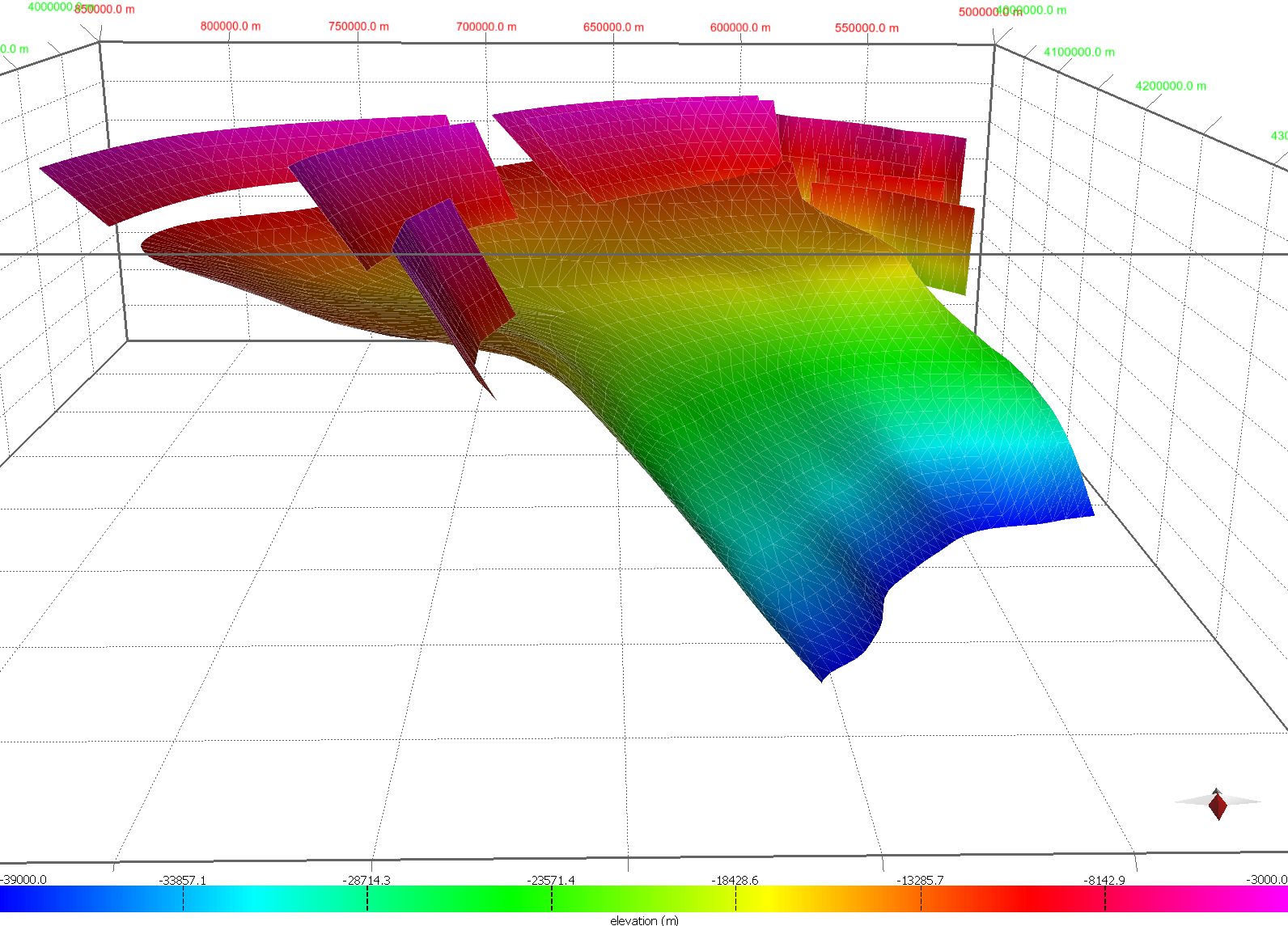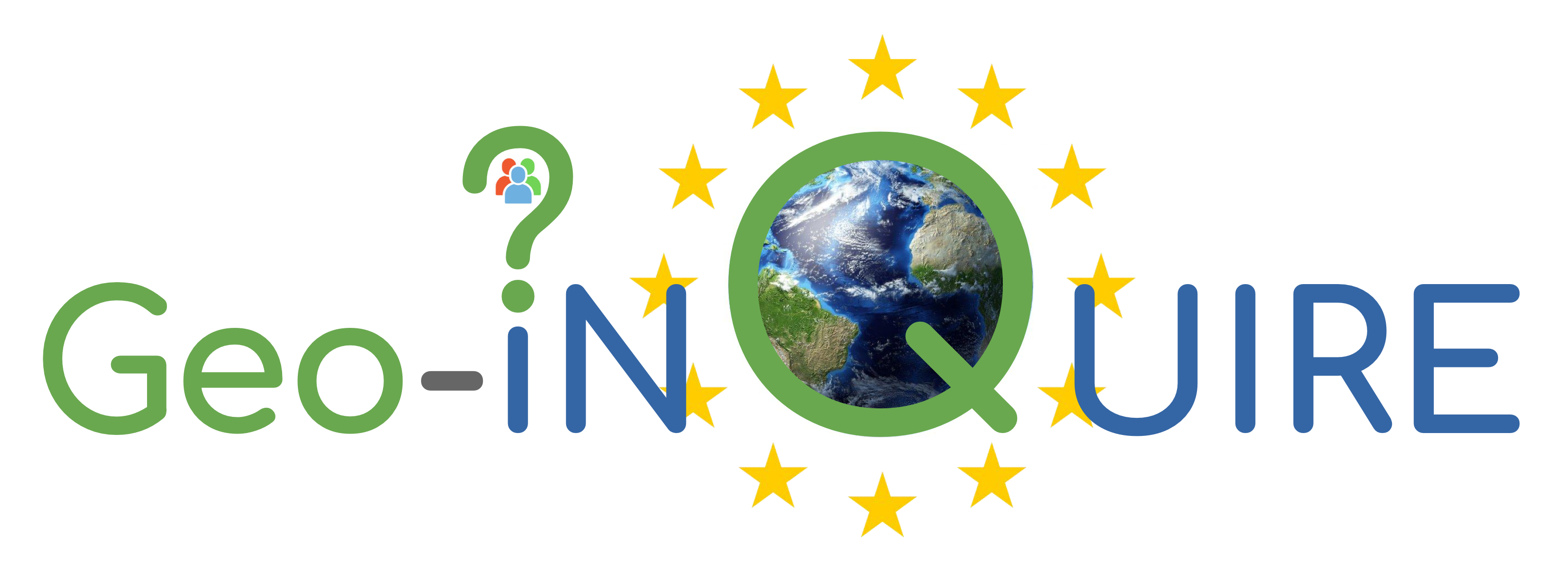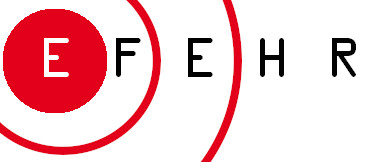PNRR MEET WP11 IPSES Activity 11.9a.
Earthquake faulting is a complex process encompassing different spatio-temporal scales. Datasets of active
faults and seismogenic sources typically provide one or just a few facets at a time of this many-sided system.
This activity aims to coordinate the geological and geophysical communities, particularly those working on
earthquake hazards (e.g., surface displacement, ground failures, ground shaking, tsunami), to develop new
datasets and strengthen existing ones to provide innovative, strategic data-service portfolios.
After establishing the main requirements, we will design workflows for the following data: 3D fault geometries
of seismogenic sources with constraints from geological 3D models (see OU 15 ISPRA); connections between
3D fault geometries and 2D fault surface traces (see OU 15 ISPRA); integration between spatial parameters of
coseismic surface ruptures and earthquake-induced ground failures (see OU 15 ISPRA); paleoearthquakes data.
The 4th dimension will be ensured by integrating the timing of modern and ancient surface ruptures and ground
failures.
The development of these new datasets will be aided by the Geology and Geotechnologies Laboratory
(https://bit.ly/33nPfCj) and the Reflection Seismology Laboratory “SismoLab-3D”
(https://sismolab3d.ingv.it/). Coordination meetings will be organised to harmonise the different
contributions.
Web services of 4D interoperable data and metadata, using EPOS-compliant protocols (considering persistent
identifiers, licences, metadata, documentation, and DMP), will be distributed through the
SEISMOFAULTS.EU Platform (https://www.seismofaults.eu/) and linked to the Italian Platform for Solid
Earth Science. Users will thus be enabled to explore and retrieve information from traditionally disconnected
datasets. For example, it will be possible to integrate active fault data from different sources, improving the
findability and accessibility of such information by a wide community of users and stakeholders.








